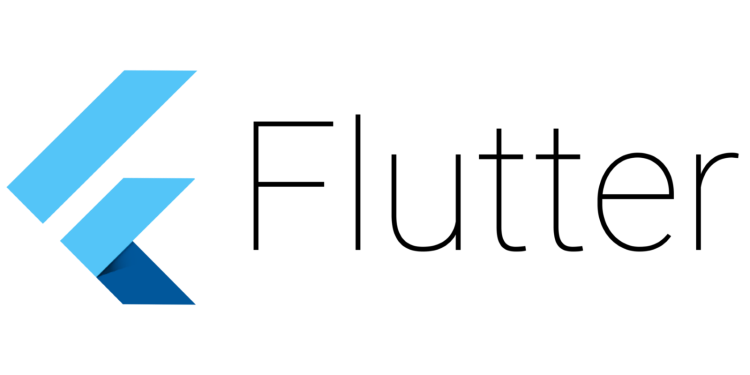testsetset
Ahead of its I/O 2018 developers conference, Google has launched the third beta release of Flutter, its open source mobile UI framework that helps developers build native interfaces for Android and iOS. The Flutter SDK has also gained official support from the Material Design team.
Flutter was first announced as an early alpha at I/O 2017 in May, and only arrived as a beta in February. Meant to compete with frameworks like Facebook’s React Native, the library is designed to combine the performance and platform integrations of native mobile with the rapid development and multi-platform reach of portable UI toolkits. Flutter apps are built using Google’s Dart programming language.
Flutter Beta 3
Flutter Beta 3 enables Dart 2 with a terser syntax for building Flutter UIs. Beta 3 also brings more localization options, including right-to-left languages, better accessibility support, and an improved widget inspector to help you view the visual tree for your UI and preview how widgets will look during development. Visual Studio Code users will meanwhile be happy to learn there’s now a dedicated Flutter extension.
Flutter is also now a first-class toolkit for Material Design. That said, you can of course still use Flutter to build apps with other design aesthetics.
June 5th: The AI Audit in NYC
Join us next week in NYC to engage with top executive leaders, delving into strategies for auditing AI models to ensure fairness, optimal performance, and ethical compliance across diverse organizations. Secure your attendance for this exclusive invite-only event.
If you already have Flutter installed, just type the command flutter upgrade to get the latest build. If you don’t, follow the getting started guide for Windows, macOS, or Linux.
Production ready?
Google is trying to signal that Flutter is now ready for building production apps, although it’s not willing to rip off the beta label. Instead, the company is highlighting apps that have adopted the SDK, including the Hamilton Broadway musical app, Alibaba’s Xianyu, Groupon’s merchant app, Abbey Road Studios’ Topline, AppTree, Birch Finance, Coach Yourself, and OfflinePal. Even the Google Ads team is using Flutter for its new AdWords app.
Another way Google is trying to push Flutter’s adoption ahead of a stable version is with a demo from startup 2Dimensions. Here’s a preview of their new tool using Flutter to render 2D skeletal mesh animations on the phone in real time:
If you look closely, you can see that the demo slider widget is translucently overlaid on the animation. Flutter is combining user interface widgets with 60fps animated graphics generated in real time, using the same code running on Android and iOS.
The road to 1.0
To meet the version 1.0 quality bar, Google says it still needs to work on the following areas:
- Performance and size: Work on improving both the speed and consistency of Flutter’s performance, offer additional tools and documentation for diagnosing potential issues, and reduce the minimum size of a Flutter application.
- Compatibility: Grow support for a broad range of device types, including older 32-bit devices and expanding the set of out-of-the-box iOS widgets, and make it easier to add Flutter to your existing Android or iOS codebase.
- Ecosystem: Build out packages that make it easy to integrate with the broad set of platform APIs and SDKs.
“We are targeting a 1.0 release within the next year, but we will continue to adjust the schedule as necessary,” Flutter group product manager Tim Sneath said in a statement. “As we’re an open source project, our open issues are public and work scheduled for upcoming milestones can be viewed on our Github repo at any time.”
In the meantime, Flutter betas will continue to ship “on an approximately monthly schedule,” Sneath told VentureBeat.


